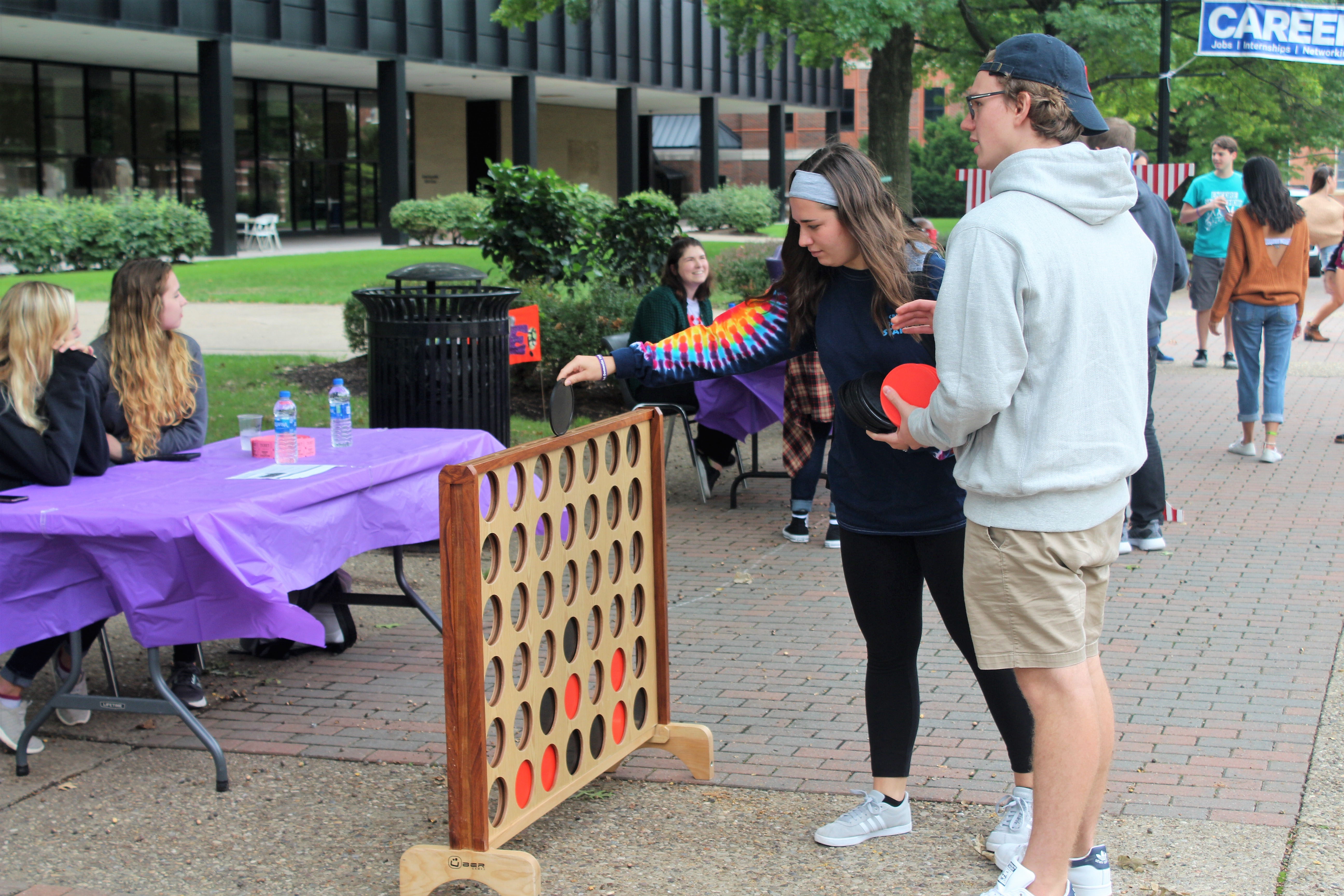Sam Leon | Student Columnist
Victim blaming has always been a controversial point of violent and sexual assault discussions, but recently the matter has been getting a lot of attention due to celebrity offenders like Ray Rice. His case made headlines not only because of the shocking video of his attack on his wife, Janay, but also because of her expressed regret. Confusion is the mildest emotion that most people probably felt when Janay essentially apologized for her “role” in the event, as said by her, and as she firmly defended her husband. Confusion and extreme reactions on both the male side and female side are certainly understandable. Important factors often do remain unconsidered, but essential to understanding victim blaming.
For example, the media plays a huge part in cases like that of the Rices. The majority of domestic violence cases and even rape cases are extremely private. The slander and the controversy begin when the case is offered up to the public opinion at large. Many women choose to stay with their abusive partners, and whether we like it or not, that is a personal decision. The way that Janay chose to speak on her abuse and support her family is a statement about her, not about women in general. The media attention makes it feel like the latter and causes even more upset among onlookers. Of course, some facts in these cases can’t be disputed—one being that violence and physical force is never an acceptable way to solve a problem in a relationship. It seems that this seemingly simple fact is not understood in the United States with the Center of Disease Control reporting that around 31 percent of women have been physically abused by an intimate partner.
With other dimensions of domestic violence cases, opinions clash when the two sexes involved feel offended. Victim blaming and gendered egos become inflated and the sexes engage in warfare. Men become defensive because as a cohort, they feel they are personally being labeled as rapists, and women become offended when they are labeled as promiscuous or wrongly at fault.
The blaming and name-calling happens in defense when one party feels they need to rid themselves of guilt, embarrassment or immorality. These attacks and barriers must be softened and broken down in order for any conversation between sexes to be successful. Only with understanding between both genders can we begin long-lasting prevention of sexual and domestic violence.
Innocent victims are never to blame in a crime. Probably the most-heard attack on rape victims is the “she was asking for it” statement, referring to revealing clothing on women. This excuse is so superficial and twisted that it cannot even be remotely considered an intelligent argument.
Fashion and pop culture nearly beg females to dress less just to be thought of as beautiful—a societal pressure that comes into play. And if fashion isn’t the motivator, then maybe the girl is looking for something: confidence in her beauty. No one goes out looking for rape. But yes, most young people do go out hoping to garner the attention of the opposite sex. Everyone has his or her own way of doing that.
Men as a gender aren’t to blame either. Though rape and domestic violence statistics are heavily saturated with male perpetrators, man-hating is not a productive reaction to these problems. The single person that committed the crime is certainly to blame as well as society and the way we condition ourselves to function.
The way that sex is depicted on television and in music is disturbing. It’s exaggerated, male-dominated, slut-shaming, and often times women-hating.
Our boys and girls grow up with this and are conditioned not to value each other’s bodies and sexuality. More bad news about this terrible phenomenon is that the media most likely won’t change its stance on sex. Love might not sell, but sex does.
What can we do? We all understand the constant prevalence that is brought into our world by way of media. What we need to understand next is that it is possible to change our world if we really want to.
Though some cases are negatively impacted by public attention (it puts pressure on each side, brings aggressive and uneducated discourse into a private matter, and reveals controversial decisions) domestic and sexual abuse still cannot be pushed aside.
The conversations need to happen in our homes, with our friends, and with our partners.
The focus sometimes has to be switched from the victim to the assailant in order to impact behavior. Discussions need to be preventative, not responsive.
Pop culture is already subliminally changing the minds of our men and women, our children, and our loved ones. With such cases of violence, blame and anger are reactions—education, action, and understanding are the only sure fix.



